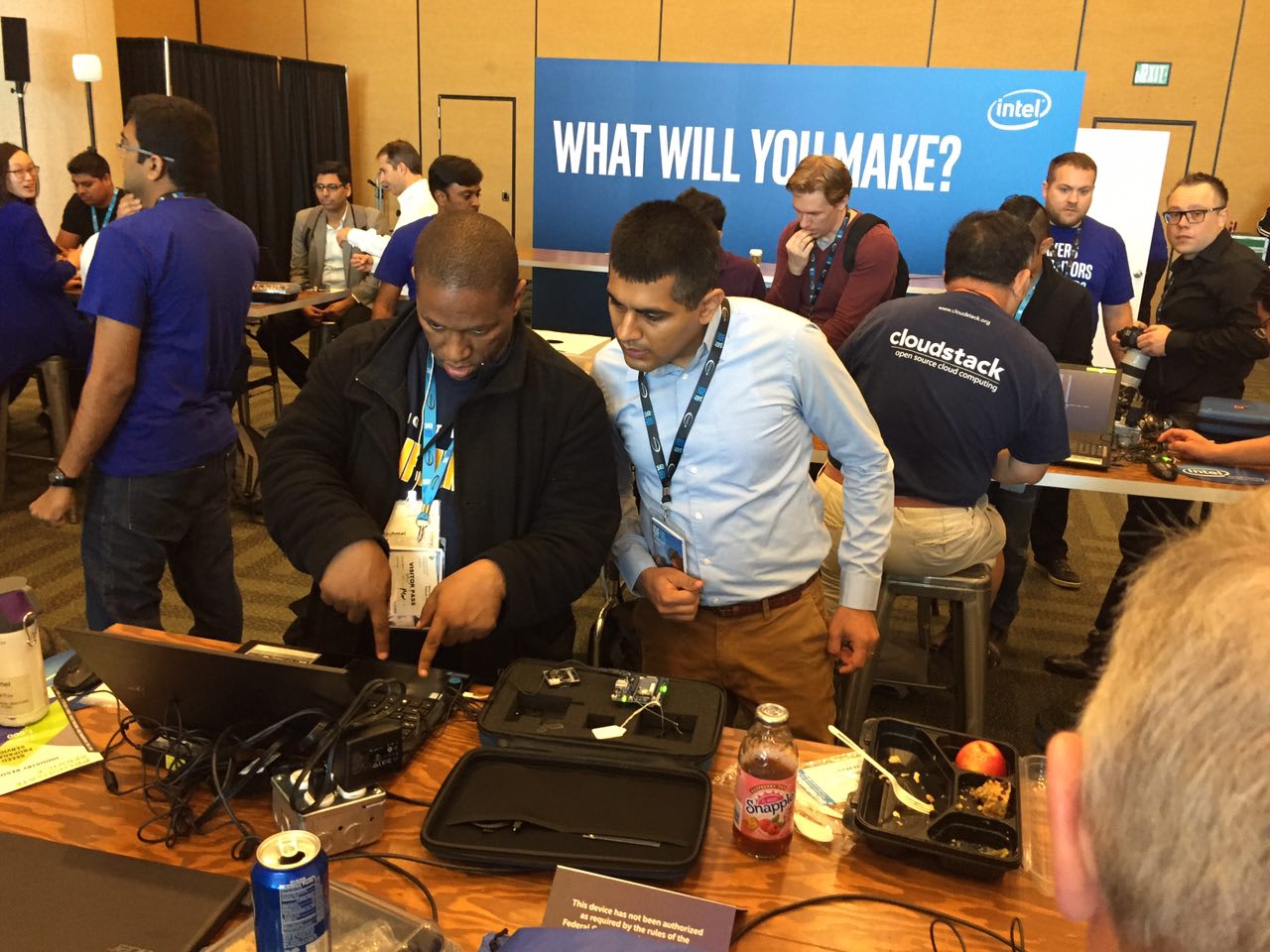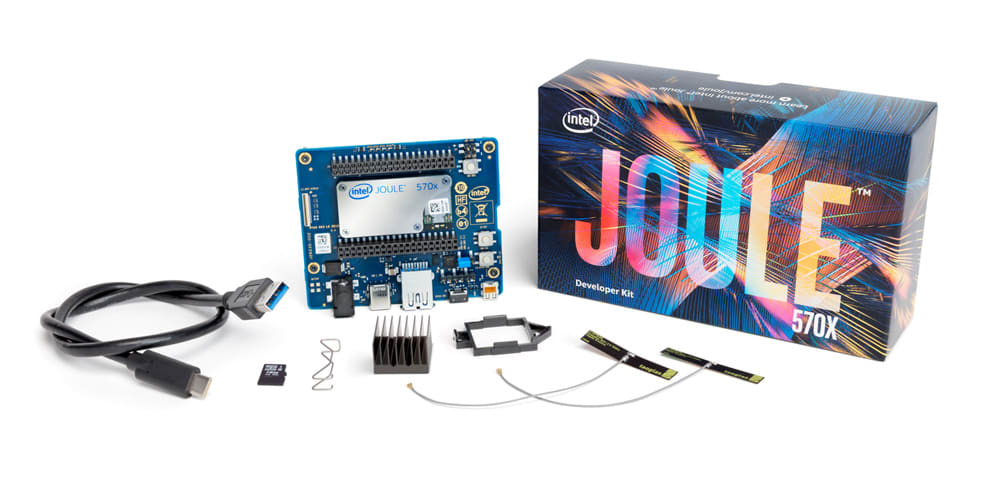Pedro Coca
on 7 September 2016

Last month we were present at Intel’s Developer Conference that took place in SF. The conference gathered technologists together to demo, discuss and share ways in which the boundaries of technology can be pushed. On our booth we showcased IoT gateways, server solutions, held workshop sessions as well as had a presence on the maker booth with Intel that saw our roaming robot captivate visitors!

As well as our presence, we had a couple of exciting announcements. We welcomed a new development board to the Ubuntu family – Intel® Joule™ which is powered by Ubuntu Core. The Joule is a powerful board targeted at IoT and robotics makers and can run Ubuntu for a smooth development experience, which we showcased at the conference. It’s reasonable and compact enough to be used in deployment therefore Ubuntu Core can be installed to make any device it’s included in secure and up-to-date, wherever it is!

There was also news in the space of visual intelligence. We’ve made it easier to bring sensors to any robot with the Intel Euclid RealSense PC that runs with Ubuntu and ROS…and it’s the size of a candy bar! By attaching the Euclid to a Robot, it can suddenly see and sense the world around it.
Robotics took center stage at this years event. Many booths showcased robots and the majority of the pods in the Makers and Integrators Space either had robots or drones. The focus on RealSense is providing devices the “senses” they need to become truly autonomous and Euclid puts the sensor and processor in a single module to deliver a highly efficient device that optimizes performance in a very small form factor.
Our roaming robots, featured both Joule and RealSense with Ubuntu! We had two robots at the show, one was more of a drone as it was remote controlled but the other more autonomous as it used sensor data from the RealSense camera and robot sensors to detect when it hit a perimeter, then taking action accordingly. The other was the Turtlebot which used the color camera functionality of RealSense to stream video to a remote monitor – check out the video below we made pre-IDF of the Turtlebot.
All in all, Robotics will impact nearly every industry be it health, space exploration or logistics. That future has to be based on a secure, reliable and open source platform and that’s why we’re present in this field. IDF has once again showed us the latest technological trends through keynotes, workshop sessions and demos…and here’s to a 2017 where there’ll be more exciting advancements to share within the Robotics field.
Learn more our presence in IoT and Robotics below.



